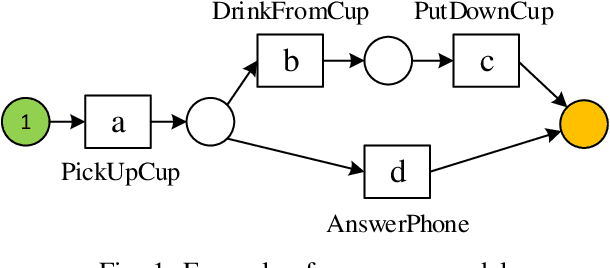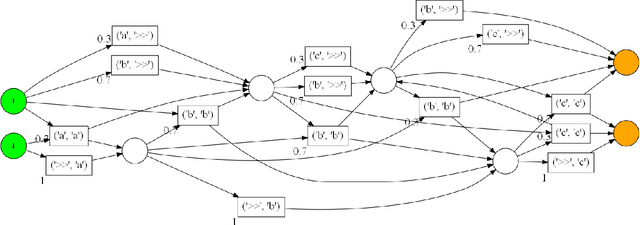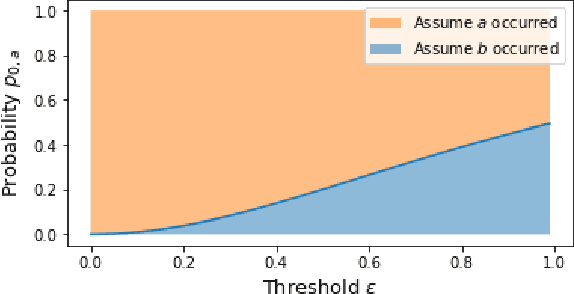Alignment-based conformance checking over probabilistic events
Paper and Code
Sep 09, 2022



Conformance checking techniques allow us to evaluate how well some exhibited behaviour, represented by a trace of monitored events, conforms to a specified process model. Modern monitoring and activity recognition technologies, such as those relying on sensors, the IoT, statistics and AI, can produce a wealth of relevant event data. However, this data is typically characterised by noise and uncertainty, in contrast to the assumption of a deterministic event log required by conformance checking algorithms. In this paper, we extend alignment-based conformance checking to function under a probabilistic event log. We introduce a probabilistic trace model and alignment cost function, and a custom threshold parameter that controls the level of trust on the event data vs. the process model. The resulting algorithm yields an increased fitness score in the presence of aligned events of sufficiently high probability compared to traditional alignment, and thus fewer false positive deviations. We explain the algorithm and its motivation both from a formal and intuitive perspective, and demonstrate its functionality in comparison with deterministic alignment using a set of theoretical examples.
 Add to Chrome
Add to Chrome Add to Firefox
Add to Firefox Add to Edge
Add to Edge